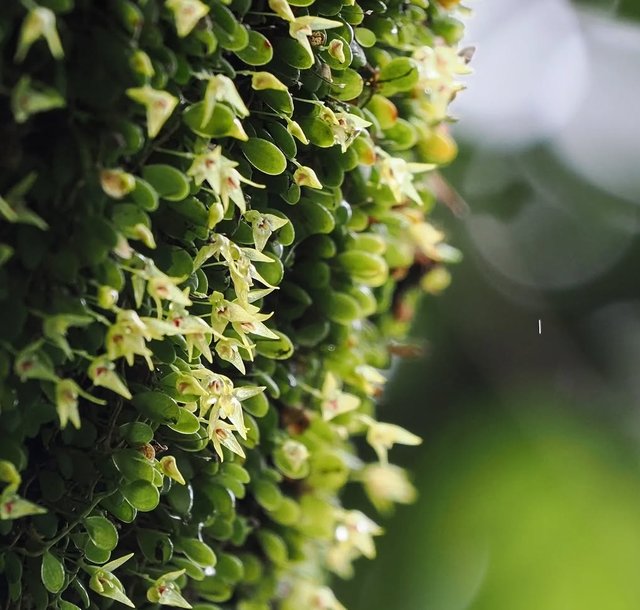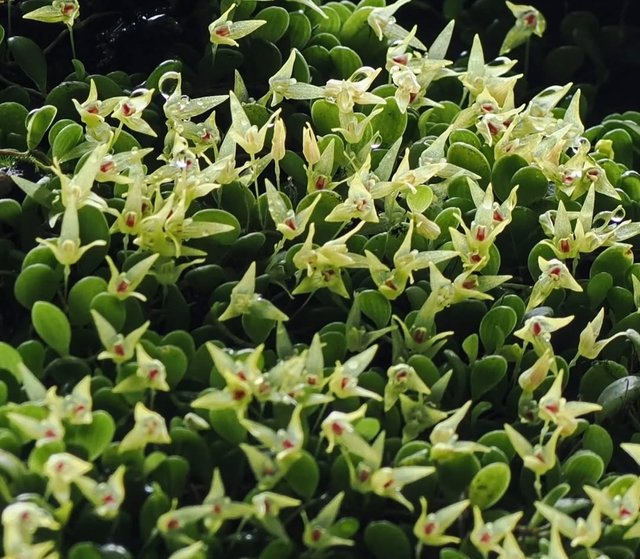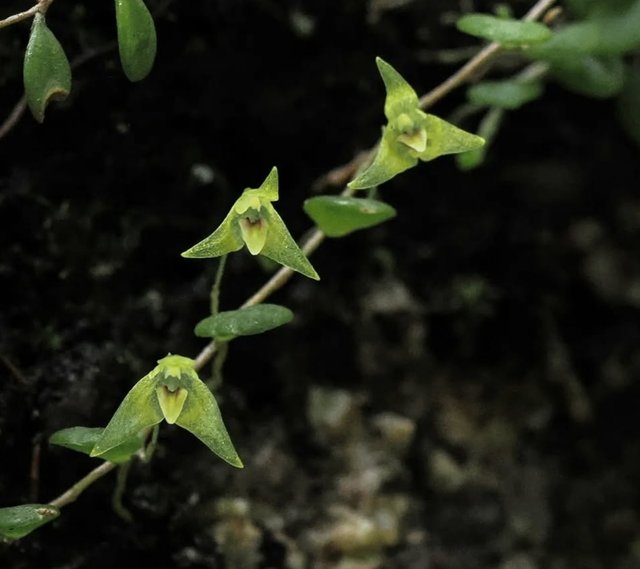So Beautiful Anathallis Dryadum Flower
Anathallis dryadum: A Closer Look at a Tiny Botanical Wonder
Among the thousands of orchid species that grace the tropical Americas, few are as enigmatic and delicately beautiful as Anathallis dryadum. This miniature orchid, belonging to the vast and diverse Pleurothallidinae subtribe, captures the attention of both botanists and orchid enthusiasts with its subtle charm, unique ecological role, and intriguing taxonomic journey. Though small in stature, A. dryadum offers a window into the complexities of orchid biology and the wonders of rainforest biodiversity.
Taxonomy and Classification
Anathallis dryadum was originally described under the genus Pleurothallis, a catch-all category that historically housed an immense number of orchid species. However, as molecular phylogenetic studies progressed in the late 20th and early 21st centuries, it became clear that the genus was polyphyletic—meaning it included species that were not all closely related. As a result, many species were reclassified into more narrowly defined genera, and A. dryadum found its current home in the genus Anathallis.
Current classification:
Kingdom: Plantae
Family: Orchidaceae
Subfamily: Epidendroideae
Tribe: Epidendreae
Subtribe: Pleurothallidinae
Genus: Anathallis
Species: Anathallis dryadum
The genus Anathallis itself is comprised of small, often epiphytic orchids that are widespread in Central and South America, characterized by their compact growth, clustered inflorescences, and tiny, often intricate flowers.
Habitat and Distribution
A. dryadum is native to the Atlantic Forest of Brazil, a biodiversity hotspot that harbors thousands of endemic plant species. The species thrives in moist, shady conditions—typically found clinging to mossy tree trunks or nestled in leaf litter at mid to high elevations.
Its microhabitat preferences reflect its ecological niche: humid, stable environments with minimal disturbance. Like many Pleurothallids, A. dryadum relies heavily on microclimatic conditions such as high humidity, constant temperatures, and filtered light. These requirements make the species particularly sensitive to environmental changes, including deforestation and climate fluctuations.




%20(10).jpeg)